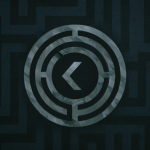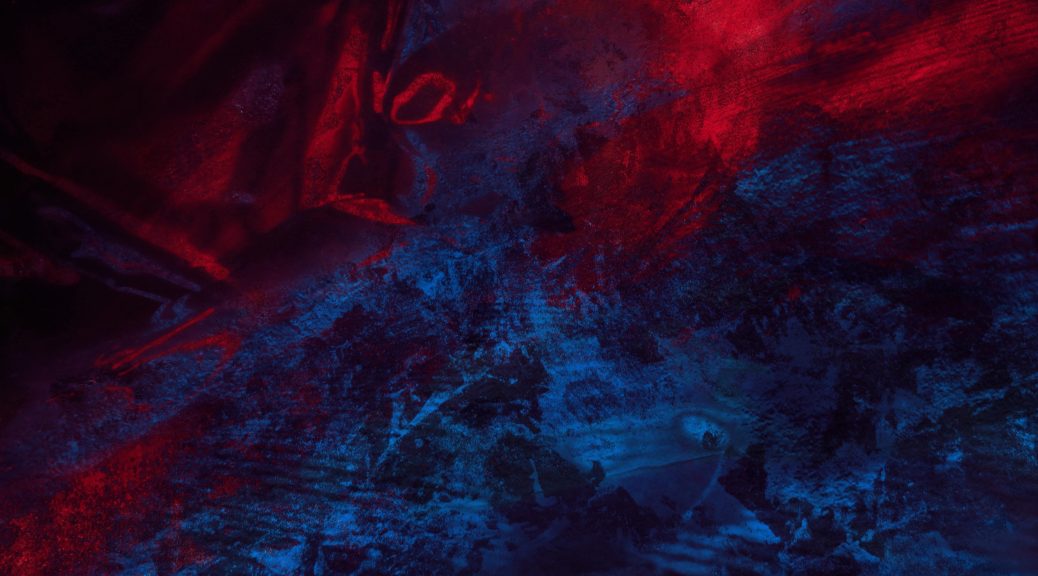
The glyph (which also recurs as a favicon) is representative of this website, the Aporion: a conceptual space defined by productive impasse. The symbol I created for it (and it took me quite a while to eventually decide on something I liked) depicts a stylized circular labyrinth encircling a central symbol that cannot be reached. The maze represents the recursive motion of thought around an absent center, echoing the structure of the Lacanian Real: that which resists symbolization absolutely. One may approach, circle, and theorize, but can never fully grasp.
At the center sits the Kenaz/Kaunan rune (ᚲ) from the Elder Futhark rune alphabet, one of the earliest signifiers of fire. In a reference to its archaic meaning, it represents the origin of language, inscription, and meaning-making: fire as the first technology, the first symbol. Its semiotic associations are manifold. It is the spark of creation (Hephaestos), the fire of knowledge and rebellion (Prometheus, Lucifer), the danger of hubris (Icarus), and succession of thought; the flame passed from one thinker to another. Simultaneously, the rune resembles the modern glyph < — the opening symbol of code, the beginning of structure and syntax in digital language. It also prefigures the Greek letter kappa, a constant across mathematics and physics.
To me, as a signifier, it is inexhaustible. It therefore stands at the heart of the Aporion not to resolve meaning, but to signify the impossibility of final interpretation.
